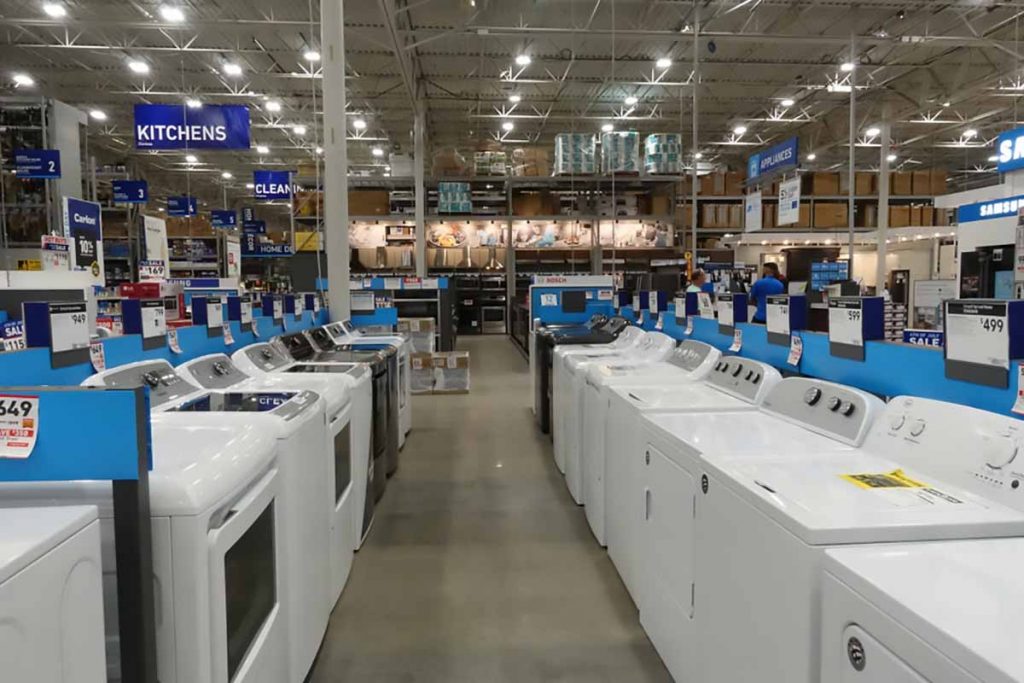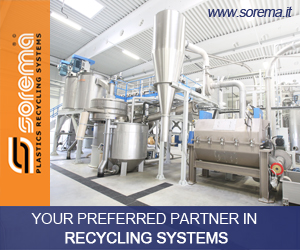
A home appliance industry leader explains why his group would like to see extended producer responsibility proposals fall by the wayside in favor of the approach in the upcoming California single-use plastics ballot measure. | Joni Hanebutt/Shutterstock
As policymakers at the federal, state and local levels look for ways to increase recycling and reduce waste, many are experimenting with or considering laws that will make product manufacturers responsible for the cost of recovering and recycling their products’ packaging. The rationale behind these extended producer responsibility (EPR) policies is that those who produce, distribute or sell products, rather than governments or consumers, should pay for the recovery and recycling of any packaging waste that comes from products. In those terms, it sounds simple. But as with many policy issues, the reality of EPR is far more complex, and the results, after more than a decade in action, have not lived up to the policy’s promise.

Joe McGuire
Several states have considered implementing EPR in recent years, but it wasn’t until 2021 that two states, Maine and Oregon, passed policies implementing EPR. The Association of Home Appliance Manufacturers (AHAM) has been a leading advocate for EPR policies that take a reasonable approach consistent with the home appliance industry’s 8 Key Principles to Manage Packaging, which call for policies to:
- Set realistic source-reduction goals and consider the availability of packaging alternatives.
- Distinguish between consumer and non-consumer packaging.
- Give manufacturers the ability to exercise oversight without being required to give preferential treatment to certain collectors or municipal recycling programs.
- Make improvements to recycling infrastructure.
- Set realistic recycling requirements set by recycling authorities.
- Set realistic post-consumer-content requirements.
- Harmonize recycling policies.
- Implement “pay as you throw” and enforcement of consumer recycling requirements.
While Oregon included some of these principles in its law, Maine and some states considering EPR are instead modeling their programs on those that have been used for years in Canadian provinces. The available metrics from these programs show that they routinely miss their recovery targets while still increasing costs for producers. For example, Stewardship Ontario, in its 2020 report, showed that recovered metric tons of packaging waste declined each year from 2015 to 2019, from 854,537 in 2015 to 729,906 in 2019. The recovery rate during that time fell from 64% to 60.2%. During the same period, Stewardship Ontario increased by 17% the fees it charges producers.
In addition, British Columbia, Ontario and other provinces with EPR programs have not been able to maintain or develop a market for plastic recycling. A 2019 report, “The Economic Study of the Canadian Plastic Industry, Markets and Waste“, provided a review of the “entire plastics value chain in Canada, from raw material production and products manufacturing to use and end-of-life.” The study found that 87% of plastics, with an estimated value of 7.8 million Canadian dollars, are discarded. According to the report, “the Canadian plastics economy is designed to be linear and to throw away plastic,” and out of the 3.27 million metric tons of plastics that were discarded, 9% was recycled.
Proponents of EPR claim it shifts the cost burden to industry. But it actually just raises costs for producers and consumers and has not resulted in progress on the recycling front.
Solution supported by AHAM
Fortunately, there is a simple, effective and efficient solution, and the home appliance industry stands ready to be part of that solution. We believe this path to reducing single-use plastic packaging waste does not carry EPR’s increased costs, lack of results and administrative burdens, but has great potential to deliver on the promise to reduce single-use plastic packaging waste. Home appliance manufacturers are supporting the California Plastic Waste Reductions Regulations Initiative, which will go before voters on the November 2022 California ballot.
Rather than implement an EPR program that requires producers to pay fees to a stewardship organization that attempts to oversee recovery and recycling, the California Plastic Waste Reductions Regulations Initiative would take a simple approach toward reducing plastic packaging. It would require producers to pay a penny-per-piece fee on single-use plastic packaging, as well as implement a number of measures to ensure that all single-use plastic packaging is reusable, refillable or compostable by 2030.
Home appliance manufacturers view their support for the ballot initiative both as a simpler, more effective way to reduce plastic waste and the next step in the industry’s well-documented history of environmental innovations. That history includes producing products that offer increasing levels of efficiency. New clothes washers hold 20% more laundry than models of 20 years ago, yet they are close to 90% more efficient. Clothes washers of average efficiency can save a household more than 5,000 gallons of water a year and $150 in energy costs compared with a 10-year-old model. Modern refrigerators use half the energy they did just a few decades ago and use less energy than a 60-watt light bulb. These improvements were achieved through a combination of innovation and collaboration with policymakers and environmental advocates. We hope to employ the same spirit of cooperation as we pursue what we believe is the best policy option to reduce plastic waste.
Joe McGuire is president and CEO of the Association of Home Appliance Manufacturers.
The views and opinions expressed are those of the author and do not imply endorsement by Resource Recycling, Inc. If you have a subject you wish to cover in an op-ed, please send a short proposal to [email protected] for consideration.



